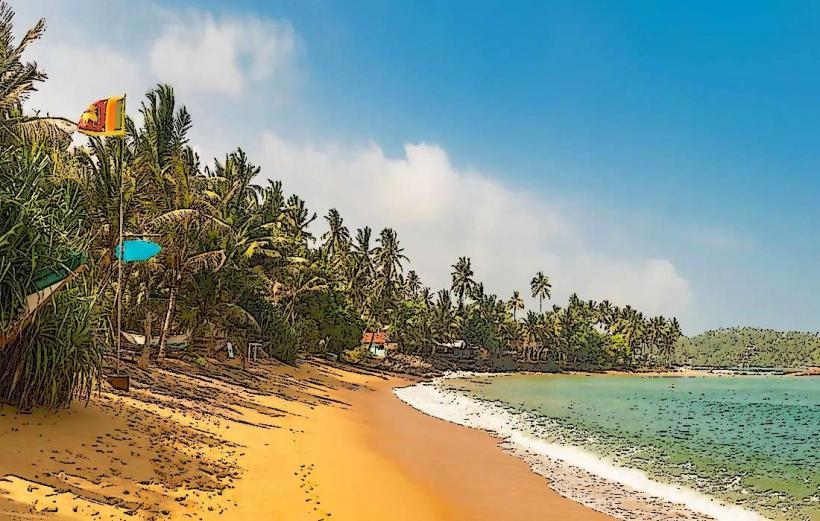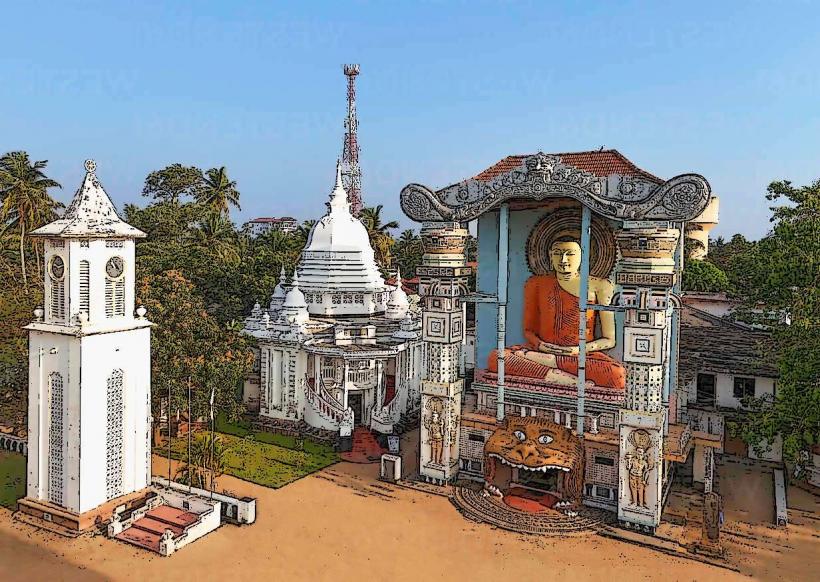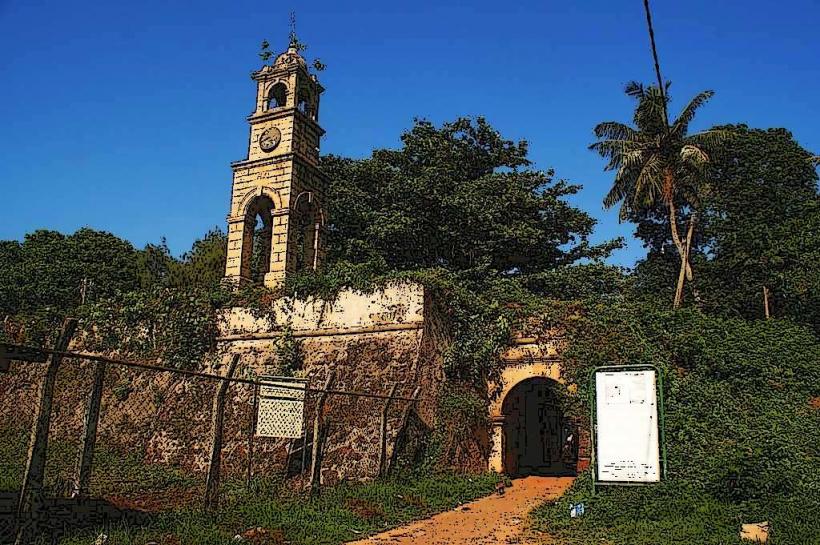Information
Landmark: Muthurajawela MarshCity: Negombo
Country: Sri Lanka
Continent: Asia
Muthurajawela Marsh, Negombo, Sri Lanka, Asia
Overview
Just outside Negombo, the Muthurajawela Marsh stretches across the landscape, a vital wetland where reeds sway and waterbirds wheel overhead-one of Sri Lanka’s most pivotal ecosystems, in addition stretching over about 6,000 hectares, this marsh teems with life, shelters rare birds, and helps keep floods at bay while maintaining the area’s natural balance.Muthurajawela means “Swamp of Royal Treasure,” a name that hints at its deep roots in history and culture, like a relic half-buried in the marshy soil, and one.Muthurajawela lies on the southern edge of Negombo Lagoon, about 30 kilometers north of Colombo, stretching across roughly 6,000 hectares-the largest saline coastal wetland in Sri Lanka-where fresh and salt water mingle, while declared a protected nature reserve in 1996, it teems with life, from darting kingfishers to dense mangroves, making it one of the island’s richest biodiversity havens.The marsh shelters a rich mix of life, from tiny crabs scuttling under reeds to birds pausing mid-journey on their long migrations, on top of that the wetland teems with mangroves that shelter countless animals and shield the shore from erosion, while water hyacinths, reeds, and lotus flowers float quietly in the shallows; in areas where salinity shifts, grasslands blend into swamp forests.Frankly, More than 190 bird species-from shining kingfishers to elegant egrets-share the marsh with monkeys, fishing cats, otters, crocodiles, water monitors, and pythons, not only that over 40 species of fish dart through its waters, sustaining the local fishing trade, and colorful butterflies flit above a hum of insects.Acting like a sponge, the marsh soaks up heavy rains to prevent floods, locks away carbon in its lush vegetation, and filters water before it reaches the Negombo Lagoon and the Indian Ocean, alternatively for visitors, the best way to take it all in is still from the gentle sway of a boat.Glide through winding waterways on a safari, where you might spot a crocodile’s eyes just above the surface and take in sweeping views of the marsh, also bird lovers can watch herons, kingfishers, and seasonal flocks of migratory species.Photographers find endless inspiration in the emerald reeds, shifting light, and bursts of color from darting wildlife, also visitors also learn how these wetlands sustain biodiversity and why protecting them matters, perhaps The marsh is open daily from 6:00 AM to 6:00 PM, with early mornings or late afternoons best for cooler air and active animals, also entry fees are modest and often built into guided boat tours.Honestly, Local guides share stories and insights during eco-tours that last one to two hours, covering key wetland areas and the lagoon, what’s more still, Muthurajawela faces threats-pollution from industry and cities, encroaching farms and housing, and invasive plants that upset the ecosystem-while conservation groups and government agencies work to safeguard it through education, sustainable tourism, and tougher rules.Eight, also close to the marsh, you’ll find Negombo Lagoon with calm waters perfect for a quiet boat ride or spotting herons, the vintage Dutch Canal that once carried goods and traders, and St. Mary’s Church, a towering landmark of Negombo’s diverse culture; the marsh sits about 15 km south of Negombo-an easy trip by car or tuk-tuk-and roughly 30 km north of Colombo along the main road, not only that if you’re visiting, wear light, breathable clothes and sturdy shoes-you’ll thank yourself when the trail gets dusty.Pack a few essentials like sunscreen, insect repellent, binoculars for spotting glowing-feathered birds, and a camera, besides respect the surroundings: don’t leave litter, and follow the advice of your guide or eco-tour operator.And if you’ve got your heart set on a guided boat trip, book ahead, especially when tourist season is in full swing, on top of that in the end, the Muthurajawela Marsh stands as a rare natural gem, inviting visitors to step into Sri Lanka’s lush biodiversity and feel the quiet pulse of its ecological heritage, sort of With rolling hills, darting deer, and a hush that settles over the trees, this destination draws nature lovers and eco-travelers alike, subsequently a trip to the marsh isn’t just a meander into wild, open air-it’s a chance to grasp why protecting these rare, whispering wetlands matters for the generations yet to come., mildly
Author: Tourist Landmarks
Date: 2025-09-12





